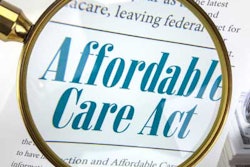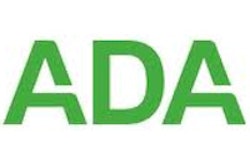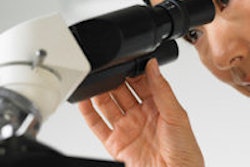The new federal budget includes increased funding for dental research and education.
The legislation also included changes to the tax code that will help dentists, as well as employers and healthcare consumers, according to an ADA News story.
The increased funding includes the following:
- U.S. Centers for Disease Control and Prevention (CDC): The CDC helps states improve oral health programs, encourages the effective use of fluoride products and community water fluoridation, and promotes school-based and dental sealant programs. Funding increased by more than $2 million to $18 million for 2016.
- National Institute of Dental and Craniofacial Research (NIDCR): The institute will get nearly $415.6 million for 2016, an increase of more than $17 million. The appropriations bill cites disparities among some population groups and encourages the NIDCR to explore opportunities related to dental caries research.
- Health Resources and Services Administration (HRSA): Funding includes nearly $35.9 million for oral health training programs, with $10 million for general dentistry residencies ($1 million increase) and $10 million for pediatric dental residencies ($1 million increase).
- Maternal and child health: Congress set aside $5 million for oral health research in 2016. These grants -- funded through the Maternal and Child Health block grant -- support research, training, educating mothers on the importance of oral health, and encouraging improved oral health. Another project supports the Maternal and Child Health Healthy Start Initiative and the Home Visiting Program.
- Health Career Opportunity Program: The budget continues $14.2 million in funding. It focuses on increasing multicultural workforce opportunities in dentistry, allied, and other health professions.
- Area Health Education Centers: Funding will continue at nearly $30.3 million. The centers support academic-community partnerships toward improving distribution, diversity, and supplying healthcare workers in rural and underserved areas.
- Ryan White AIDS Dental Services: Funding will continue at more than $13.1 million. The dental reimbursement and community-based dental partnership programs provide oral healthcare for people with HIV/AIDS.
- Military dental research: Funding will continue at $6 million. Military research units address dental disease and craniomaxillofacial battle injuries.
- Indian Health Service: The dental account got nearly $178.3 million in funding for 2016, an increase of more than $4.3 million. The dental program promotes oral health among American Indians and Alaska Natives.
The budget includes a permanent extension for deducting new equipment and property up to $500,000, with the deduction phased out for investments exceeding $2 million. The legislation includes a two-year delay of the medical device tax and the "Cadillac" tax for health plans that exceeded certain cost thresholds established by the Patient Protection and Affordable Care Act.



















